Consumer research methods encompass a wide range of approaches and techniques used to gather and analyze data related to consumer preferences, attitudes, and behaviors.
This valuable information assists businesses in understanding their customers’ needs and desires, thereby enabling them to tailor their products and services accordingly. Let’s delve into the importance of consumer research and its impact on business success.
Importance of Consumer Research
Consumer research is essential for businesses seeking to gain a competitive edge in the market. By conducting research, companies can:
- Identify consumer needs and wants: Consumer research helps uncover what drives consumers to make purchasing decisions. It provides valuable insights into their preferences, motivations, and expectations.
- Understand market trends: Research enables businesses to stay abreast of evolving market trends, enabling them to adapt their strategies and offerings accordingly.
- Enhance product development: By understanding consumer preferences, businesses can develop products and services that align with market demand, leading to increased customer satisfaction and loyalty.
- Improve marketing effectiveness: Consumer research aids in crafting targeted marketing campaigns, enabling businesses to reach the right audience with the right message, resulting in improved marketing ROI.

Know More About Kentrix
Now, let’s explore the two primary types of consumer research methods: quantitative and qualitative.
1. Quantitative Research Methods
Quantitative research involves the collection and analysis of numerical data. This method provides businesses with statistical insights into consumer behavior, preferences, and trends. Two common quantitative research methods are surveys and experiments.
1.1 Surveys
Surveys are a widely used quantitative research tool. They involve administering questionnaires to a sample of respondents, collecting data on their opinions, preferences, and behaviors. Surveys can be conducted through various channels, such as online platforms, email, or telephone interviews. The data collected can be analyzed to identify patterns and trends, making it a valuable resource for businesses.
1.2 Experiments
Experiments are another quantitative research method utilized to study consumer behavior. They involve manipulating certain variables while controlling others to observe their impact on consumer responses. Controlled experiments provide businesses with valuable insights into cause-and-effect relationships, allowing them to make data-driven decisions.
1.3 Data Analysis
Data analysis is a critical aspect of quantitative research. It involves applying statistical techniques to interpret the collected data, identify correlations, and draw meaningful conclusions. Statistical software and tools are often employed to analyze the data effectively.
2. Qualitative Research Methods
Qualitative research methods aim to gather in-depth insights into consumer attitudes, motivations, and experiences. This approach focuses on understanding the underlying reasons behind consumer behavior rather than numerical data. Common qualitative research methods include focus groups, interviews, and observations.
2.1 Focus Groups
Focus groups bring together a small group of individuals who share certain characteristics or interests. A skilled moderator guides discussions on specific topics, encouraging participants to share their opinions and experiences openly. Focus groups provide rich qualitative data, allowing businesses to gain a deeper understanding of consumer perspectives and uncover hidden insights.
2.2 Interviews
Interviews involve one-on-one conversations with individuals to explore their thoughts, feelings, and experiences related to a specific product, service, or topic. This qualitative research method allows for detailed probing, enabling researchers to gain comprehensive insights into consumer behavior.
2.3 Observations
Observational research involves observing consumers in their natural environments, such as homes, stores, or public spaces. By observing consumer behavior firsthand, businesses can gain valuable insights into how consumers interact with products, make purchase decisions, and navigate their surroundings.
3. Mixed-Methods Research
Mixed-methods research combines quantitative and qualitative approaches to gather a comprehensive understanding of consumer behavior. By integrating both types of data, businesses can benefit from the strengths of each method and gain deeper insights.
Read this: How To Utilize Consumer Research For Maximum Benefits
3.1 Benefits of Combining Quantitative and Qualitative Approaches
- Triangulation: The combination of quantitative and qualitative data allows for cross-validation of findings, increasing the overall reliability of the research.
- Richer insights: Qualitative data provides context and depth to quantitative findings, offering a more holistic understanding of consumer behavior.
- Exploratory analysis: Qualitative research can help identify new variables or factors that may influence consumer behavior, providing avenues for further quantitative investigation.

Segura By Kentrix
Choosing the Right Research Method
Selecting the appropriate research method depends on various factors, including the research objectives, target audience, available resources, and timeline. Businesses should consider the following when choosing a research method:
- Research goals: Clearly define the research objectives and determine which method aligns best with the desired outcomes.
- Target audience: Understand the characteristics and preferences of the target audience to select a research method that enables meaningful insights.
- Resource allocation: Assess the available resources, including budget, time, and expertise, to determine the feasibility of different research methods.
Data Collection Techniques
Regardless of the chosen research method, businesses need effective data collection techniques to ensure the accuracy and reliability of the findings. Common data collection techniques include surveys, interviews, focus groups, observation, and online analytics tools.
Analyzing and Interpreting Research Findings
Once the data is collected, businesses must analyze and interpret the research findings to derive actionable insights. Data analysis techniques may include statistical analysis, thematic analysis, content analysis, or qualitative coding, depending on the nature of the research.
Conclusion
Consumer research methods are indispensable for businesses aiming to understand and connect with their target audience. By utilizing both quantitative and qualitative research techniques, businesses can gain valuable insights into consumer preferences, motivations, and behaviors.
The combination of online research methods, ethnographic research, and experimental research further enhances the depth of understanding. By making informed decisions based on research findings, businesses can effectively tailor their products, services, and marketing strategies to meet consumer needs and preferences.


